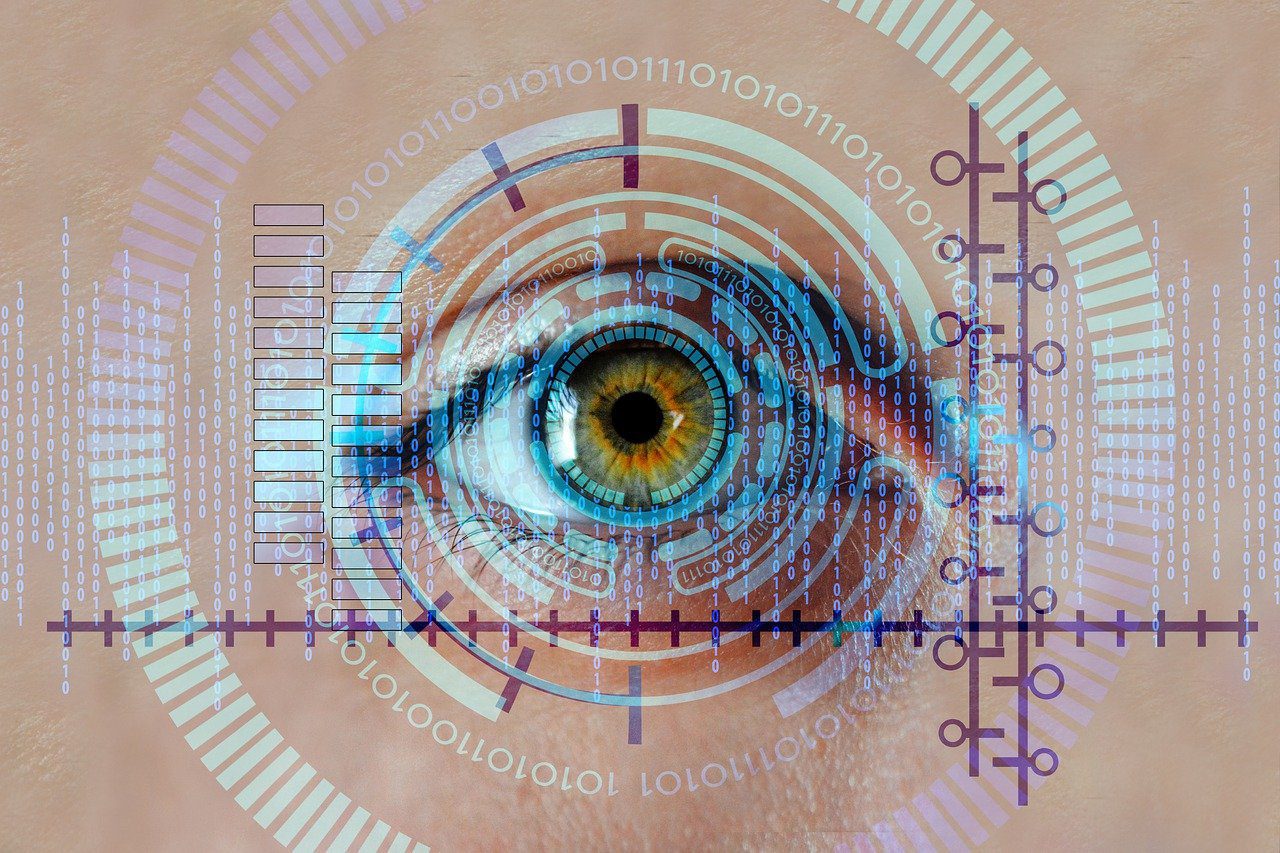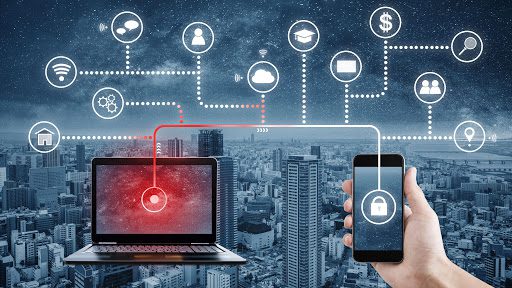
Biometric security isn’t just the wave of the future—it IS the future. Technology in the Digital Age is always advancing—and so are phishing scams. Advancing identity verification solutions is as important as ever because traditional methods cannot keep up with the times.
History Lesson
Back in the early days of identity verification, the method was physical—driver’s licenses, social security cards, and passports were presented in person, with the holder’s identity confirmed by an agent’s own two eyes. Physical documents are assuring but can be manipulated and fraudulent.
Now that we have the Internet with so many online transactions, remote identity verification is imperative, especially for e-commerce mobile applications.
The Here and Now
Identity verification is now done remotely with technology that doesn’t need the individual to be physically present. Biometric authentication and behavior analytics are just a couple of ways to verify identities more securely.
For documents, remote identity verification requires digitizing papers and using advanced algorithms to detect if the papers are counterfeit or have been altered.
Biometric Authentication
Biometric authentication uses unique physical characteristics like facial features, voice patterns, eye colors, iris patterns, and fingerprints to determine if you are you. Unless you’re a clone, these traits are difficult to replicate because biological markers are as personal as it gets.
Fingerprint recognition uses the unique ridges and whorls on fingertips to identify the user. Fingerprint scanners are often found on smartphones and laptop computers to grant (or deny) access.
Facial recognition studies and remembers the user’s eyes, nose, and mouth. Specialized algorithms turn facial features into a template to be used for identification. Facial recognition is used in unlocking cell phones and computers, among other things.
Iris recognition relies on the intricate patterns in the eyes. High-tech cameras convert the information into a template. Iris recognition is very accurate and used in high-security areas.
Voice recognition studies the vocal patterns, tones, and pitches of an individual. It’s popular for voice-control devices (like Amazon’s Alexa) and telephone-based authentication.
Behavioral Analytics
Studying computer and online behaviors helps companies detect and prevent fraud. Behavioral Analytics identify patterns coming from mouse movements, typing speed, computer, and keyboard usage. Analyses investigate what may be considered suspicious behavior—flagging possible attempts at fraud.
What’s Now and What’s Next?
The future of identity verification is tied to Artificial Intelligence (AI). AI analyzes large amounts of data to detect patterns of activity.
It’s no secret that AI is becoming more prevalent in society. From home innovations like smart door locks, thermostats, window blinds, appliances, and just about anything you can think of, Artificial Intelligence is the future of convenience and security.
Blockchain Technology
Blockchain is a type of digital container that stores any type of data. For example, blockchains can keep track of cryptocurrency, non-fungible tokens, and decentralized finance contracts.
Although any database or cloud can store this type of information, blockchains are decentralized, so they’re not maintained in only one location. Blockchain systems are secure, tamperproof records of digital identity verification that can be used on different platforms.
Machine Learning
Without getting too technical, machine learning is what makes up language translation apps, predictive text, chatbots, and social media feeds—to name a few.
Many Artificial Intelligence programs use machine learning to give computers the ability to “learn” without specifically being programmed. It starts with text, numbers, photos, or other types of data—the more information, the better the program. Data is then shaped into models for whatever the project requires. In a nutshell, machine learning gives computers the ability to replicate human behavior.
The evolution of identity verification has come a long way. Starting with the “old-fashioned” use of physical documents to today’s behavioral analytics and biometric authentication, security and ID verification efficiency is greatly improved. The future of identity verification brings more sophisticated Artificial Intelligence algorithms, machine learning, and blockchain technology to the Digital Age. Learn more with TechBii and stay up to date with the latest innovations.

Teri Silver is a journalist and outdoor enthusiast. She and her husband live on 5 acres with a vast lawn, three gardens, a farm, a pond, many trees, and a lot of yard work! The best parts of the year are summer and fall when home-grown veggies are on the dinner table.










